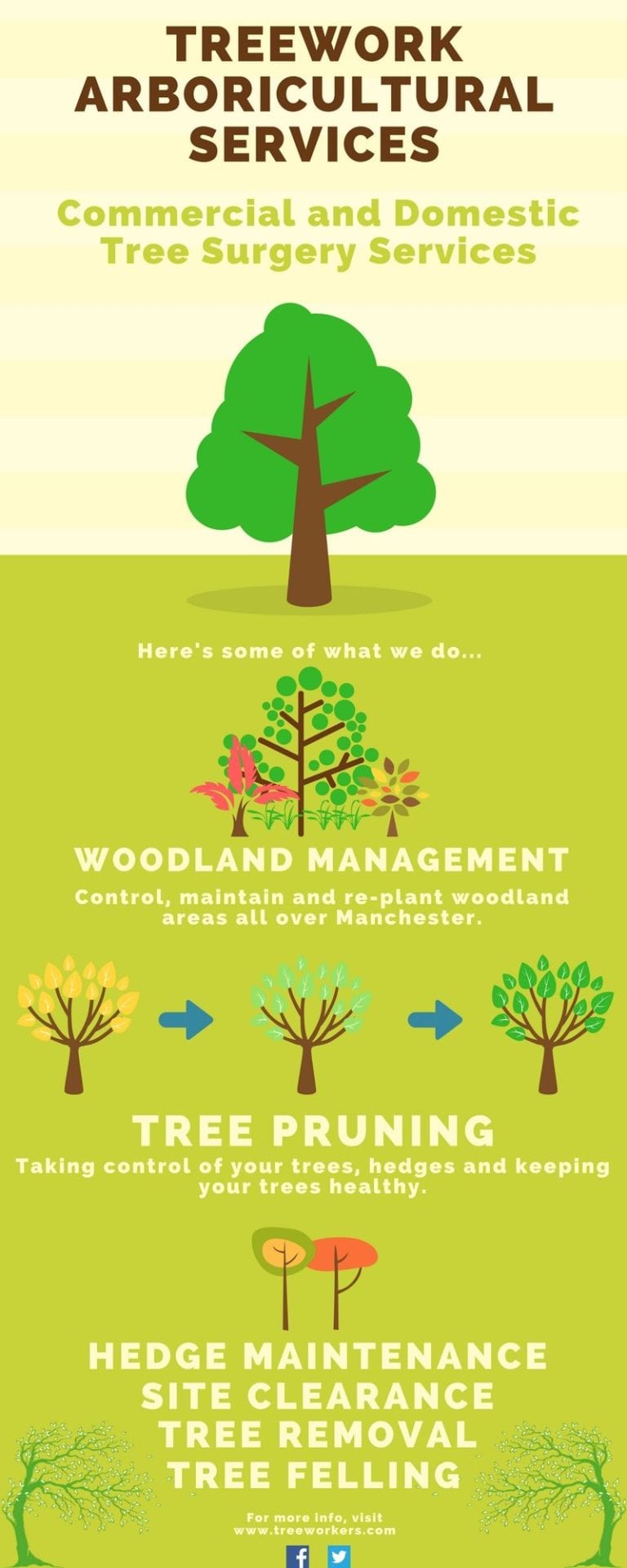The Future Of Trees: Just How To Recognize When Removal Is Required
The Future Of Trees: Just How To Recognize When Removal Is Required
Blog Article
Post Developed By-Dalby Harrington
If you've ever wondered about the destiny of the trees on your residential or commercial property, comprehending when it's time for elimination is vital. But how do you figure out if a tree can be saved or if removal is the only choice? By looking for certain indications and examining security threats, you can make educated decisions that benefit both your landscape and your environments. Allow's discover the crucial aspects that come into play when choosing the fate of a tree and exactly how you can guarantee the best end result for your environment-friendly companions.
Indicators of Tree Decrease
If you observe any of the following signs of tree decline in your yard, it might be time to consider tree removal.
One usual indication is dead or decaying branches, which can indicate underlying issues impacting the tree's health and wellness. Watch out for tarnished or shrivelled leaves that persist even with proper treatment, as this could be an indicator of condition or pests.
One more warning signal is excessive leaning or a noticeable change in the tree's base, which may recommend origin concerns or structural instability. Keep an eye out for fungal growth on the trunk or roots, as this can show rot and endanger the tree's stability.
Furthermore, if you observe huge splits in the trunk or significant arm or legs, it's essential to deal with these problems quickly to stop prospective threats. Resolving these indications of tree decline immediately can help maintain the safety and visual appeals of your yard atmosphere.
Security Concerns
To make certain the wellness of your residential or commercial property and those around you, prioritizing security issues connected to trees is paramount. Trees can present various safety risks if not correctly preserved. Dead or worn out branches may drop unexpectedly, endangering individuals or harmful structures.
Leaning https://docs.google.com/spreadsheets/d/14CZ1EqvrS4bTDXUjNA0r9MKnVcLeL7I41lrUxHzkPmo/edit?usp=drive_link can additionally be harmful, specifically if they're leaning towards a structure or high-voltage line. Furthermore, https://docs.google.com/spreadsheets/d/1sIXJxK4qIubUqICbb3pVguG6g_6LlO2BS_BoI2OqB6o/edit?gid=949486627#gid=949486627 with considerable origin systems near structures or underground utilities can cause significant damage in time.
It's critical to routinely check your trees for any type of signs of potential danger. Look out for fractures in the trunk, large tooth cavities, or indications of illness and decay. If you discover any one of these problems, it's finest to talk to an expert arborist to evaluate the situation and determine the required course of action.
Taking aggressive steps to attend to safety worries promptly can stop mishaps and residential property damages in the future. Remember, the safety of your residential property and those around you must constantly be the leading concern when it concerns tree maintenance.
Consulting an Arborist
When considering the health and safety of your trees, getting in touch with an arborist is a critical step. Arborists are educated specialists that concentrate on the treatment and upkeep of trees. https://chicago.cbslocal.com/2019/07/14/west-lawn-homeowner-in-need-of-tree-trimming-months-after-asking-city-for-help/ can assess the overall wellness of your trees, identify any kind of problems such as illness or architectural problems, and offer professional referrals on the very best course of action.
By seeking advice from an arborist, you can receive useful understandings into the problem of your trees and identify whether elimination is needed. Arborists have the expertise and experience to evaluate the threats related to maintaining a tree versus removing it. They can also offer guidance on alternate remedies, such as pruning, cabling, or supporting, to aid maintain the tree whenever possible.
In addition, arborists can assist you navigate any type of regional regulations or permits that may be needed for tree elimination. Their competence can make sure that the procedure is performed safely and in conformity with any type of appropriate laws.
Conclusion
In conclusion, when establishing whether trees can be conserved or if elimination is required, it is essential to consider signs of decline and safety and security issues. Consulting an arborist for a thorough analysis is necessary in making the best choice for the tree's health and wellness and possible risks. Keep in mind, proactive care and timely activity can help preserve trees and protect against crashes.
